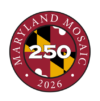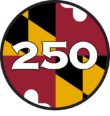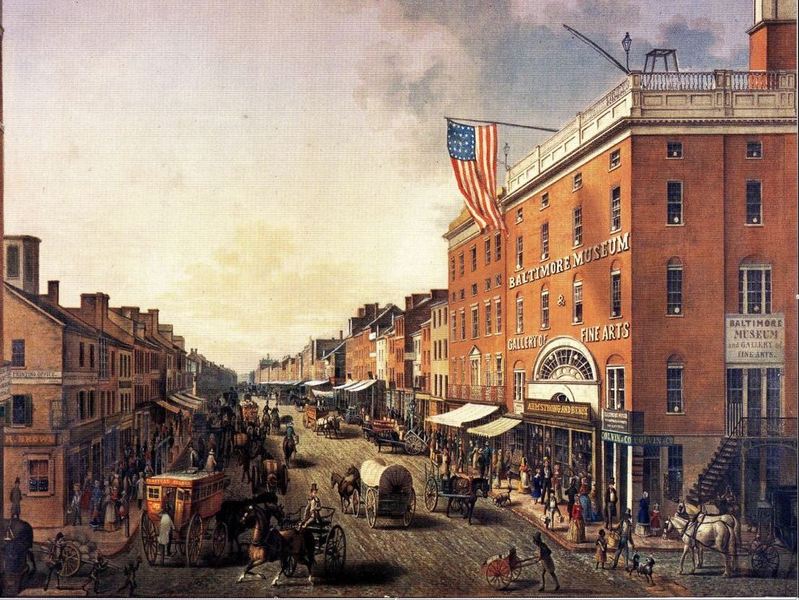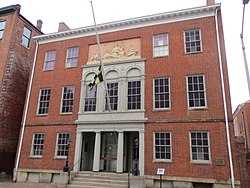Baltimore, with the largest free black population in the country and immigrants arriving in large numbers, demonstrates a unique urban social mix the U.S.
Based on the 1850 census, Baltimore is a thriving port city of 169,054. It has strong local and international shipping, it the center of a regional transportation network and has a growing industrial base with a large working class. It is home to 20,000 German-born immigrants, an influx of Irish that will grow to 70,000 by 1860 who are fleeing the potato famine and a small but growing Jewish community, mostly German. All are seeking jobs and opportunity. The City reflects the agricultural roots of the South but has a decidedly urban social dynamism.
The 25,442 free Blacks live side by side with 2,945 enslaved Blacks in a fluid environment of ambition, creating new social networks and, for some, the opportunity to escape north.
The city has a reputation as “Mobtown” with gangs regularly bringing violence to the streets, especially during elections. Working class whites fear a loss of opportunity to new immigrants. The political climate fosters the growing national Know Nothing movement, offering fertile ground for its anti-Catholic and anti-immigrant platforms. Baltimore becomes the urban epitome of the opportunities and tensions in a border state.

John Hanson, native of Maryland, is the First President of the Confederation Congress.
John Hanson, Maryland native, is the First President of the United States in Confederation Congress Assembled in 1781 after Maryland ratifies the Articles of Confederation, the first US Constitution.





